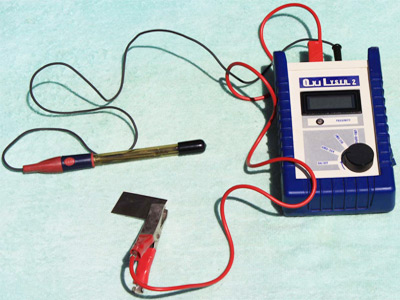
Pickling : The term pickling in the field of steel industry is the removal of heavy, tightly adherent oxide film resulting from hot- forming, heat –treatment, welding & other high temperature operations by means of chemical de-scaling (Acid pickling). During this process a successive removal of contaminations & free iron from the stainless steel surface.
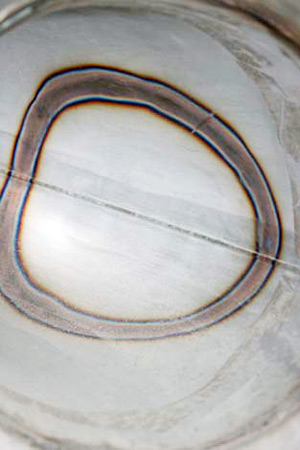
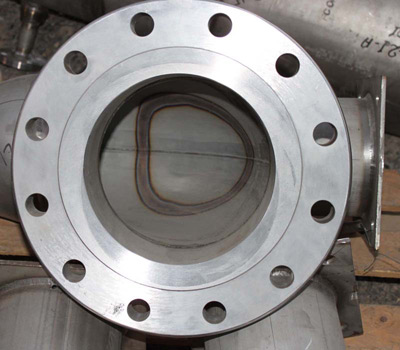
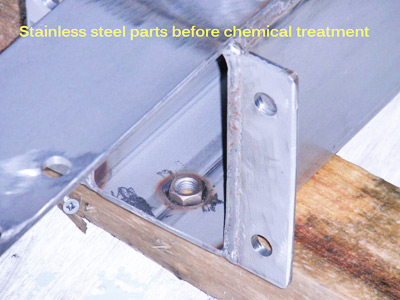
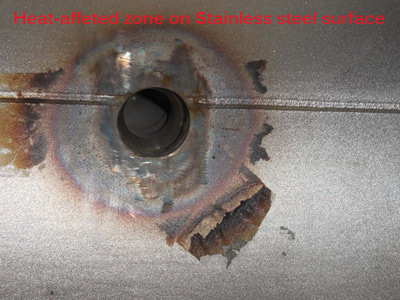
Passivation of stainless steel surface: stainless steel & stainless steel alloys are auto- passivating in the sense that the protective passive film is formed spontaneously on exposure to air or moisture. The presence of exogenous surface contamination, including dirt, grease, free iron from contact with steel tooling & so forth may interfere with the form of passive film. The cleaning of these contaminants from the stainless steel surface will facilitate spontaneous passivation by allowing the oxygen uniform access to the surface. The passive film may be augmented by chemical exposure that provides an oxidizing environment for the stainless steel surface.
Pickling & Passivation Method: ROYAL ENGINEERING SERVICES LLC exercise the most modern, environment friendly & low hazardous CitriSurf® products for stainless steel cleaning process. There are variety of CitriSurf® products providing better corrosion resistance in different grade of stainless steel & stainless steel alloys. CitriSurf® brands provide better chrome oxide layer than traditional pickling chemicals such as HF & HNo3. The stainless steel surface cleaning process we are carrying out as per the standard specification specified in ASTM designation: A967/A967M-13.
ROYAL ENGINEERING SERVICES LLC have wide range of equipment & expert technicians to provide client requirement pickling & passivation methods like local application / spraying method, chemical bath / dipping method & filling of chemical / re- circulation method.
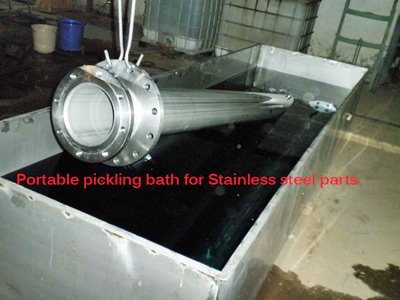 >
>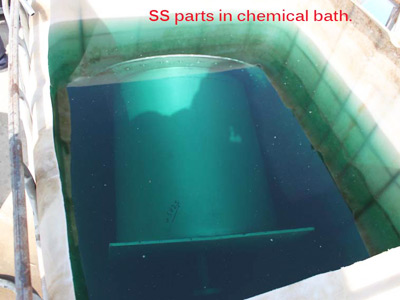
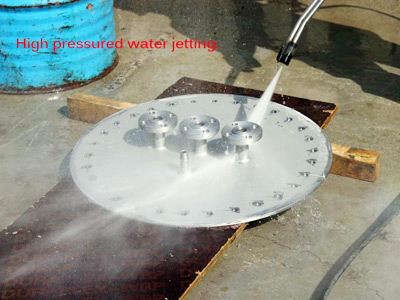
Ferroxyl test for free iron is a highly sensitive test & should be used only when even traces of free iron or iron oxide might be objectionable. The test can be used on stainless steel surface to detect iron contamination, including iron-tool marks, residual- iron salts from pickling solutions, iron dust, iron deposits in welds, embedded iron or iron oxide etc.
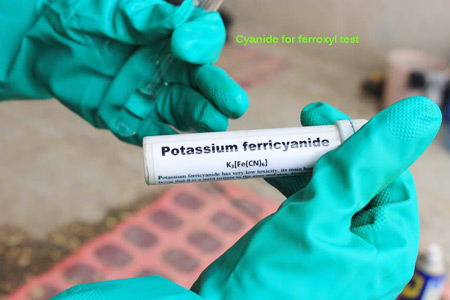
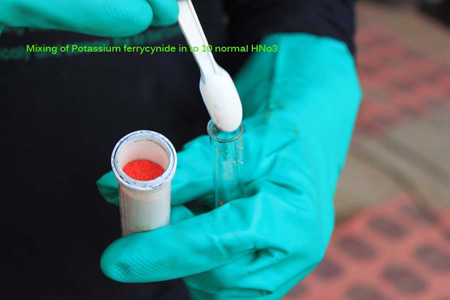
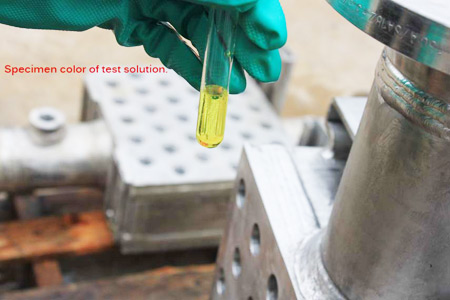
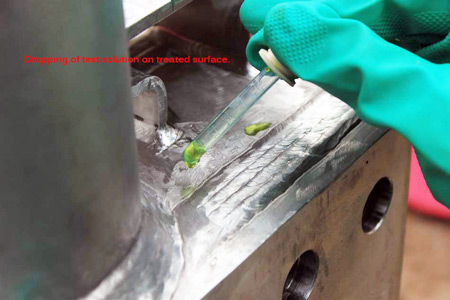
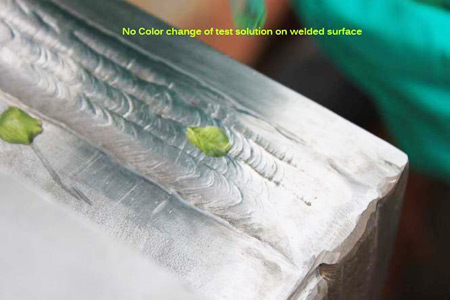
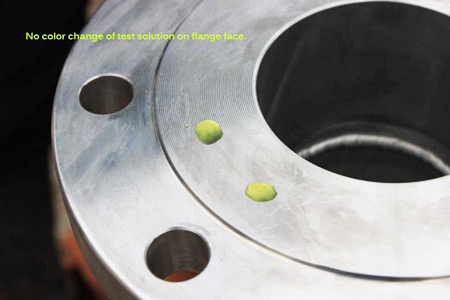
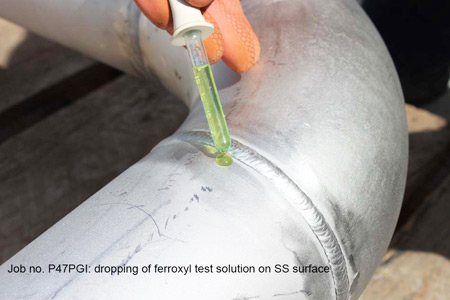
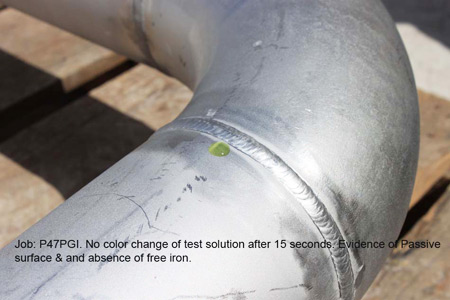
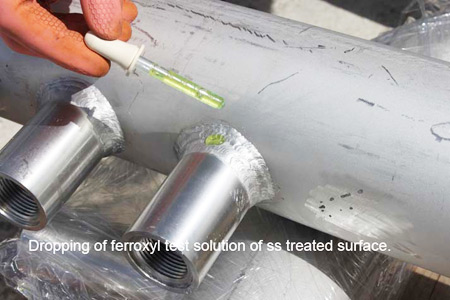
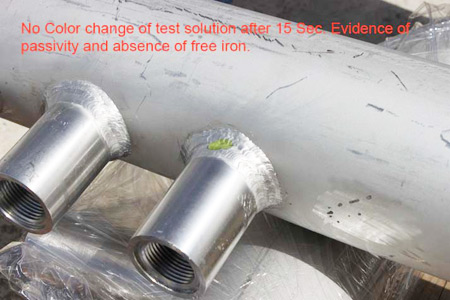
Copper sulfate test is recommended for the detection of metallic iron or iron oxide on the surface of austenitic 200 & 300 series, the precipitation hardening alloys, & the ferritic 400 series stainless steel containing 16% chromium or more. It is not recommended for the martensitic & low chromium ferritic stainless steel of the 400 series since the test will show a positive reaction on these materials. This test is hypersensitive & should be used & interpreted only be personal familiar with its limitation.
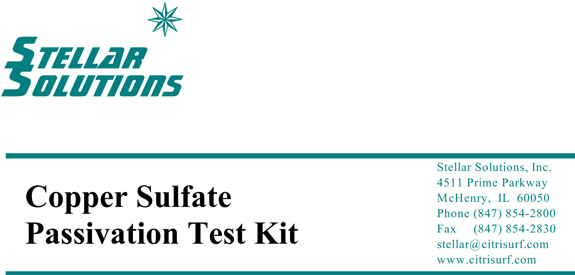
Black light inspection is the test suitable for the detection of certain of oil films & other transparent films that are not detectable under white light or natural light. In an area that is blacked out to white light, inspect all visible accessible surface with the aid of a flood-type ultraviolet lamp. Fluorescence of the surface indicates the presents of contaminates. The nature of contamination can be determined subjecting a simple of contaminants that has been transferred to a clean quarts microscope slide, to infrared analysis.
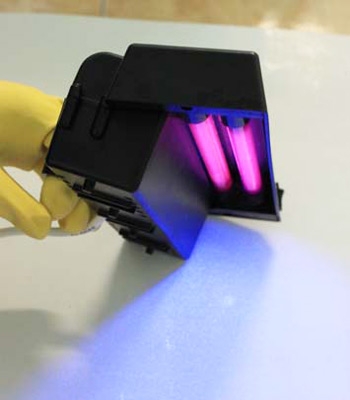
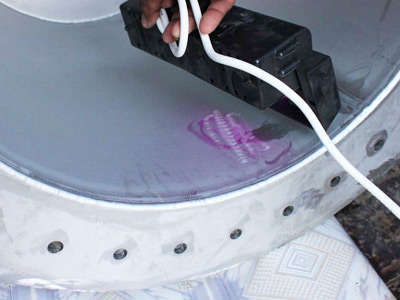
White light is the light which is reflected in a prism revealing the color components. White light test is test for the presence of weld scales, corrosion & visual contaminations. Usually the presence of silver shade & clean rag is the evidence of fine passivity stainless steel surface.
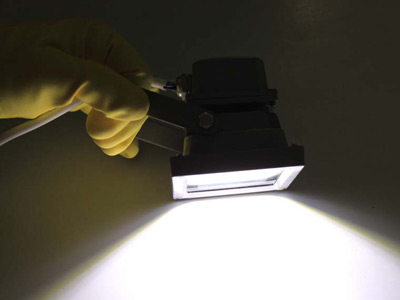
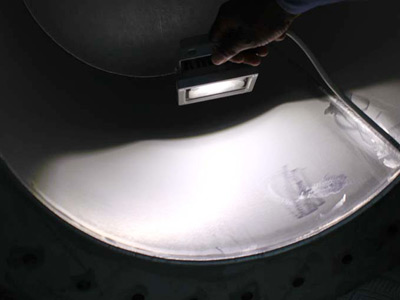
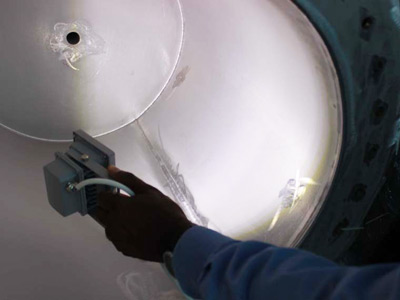
We have specialized & experience technicians to carry out pickling & rust removal of Carbon steels pipe line with specialized equipment.
With our equipment & machineries we carry out the pickling process in chemical bath & chemical re-circulation methods. During this process an effective removal of mud, rust, Scale & pipe dope from the ID of the tubing & casing below tubing & displace it from the tubing, not into the formation.
We have done many similar pipe line cleaning process throughout UAE's Industrial sector such as steel manufacturing companies, Glass factories, Water cooling plants etc.
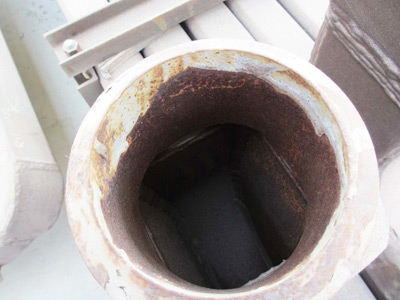
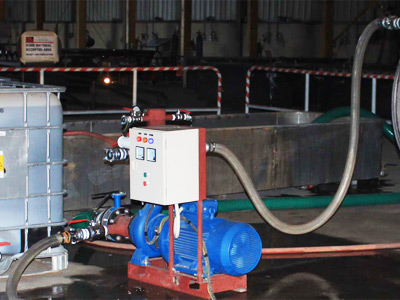
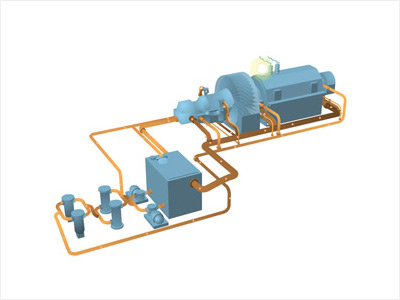
Koslow 2026 is a portable, light weight instrument measures the corrosion tendency of the stainless steel surface it detects the free iron through a galvanic process which measured as a voltage. There is no size limitation to the test piece. A typical test is taking only 1-2 seconds.
Federal spec QQ-P-35C approved this surface corrosion potential measurement as a method of checking passivation, so the passivation tester 2026 can be used with complete confident.
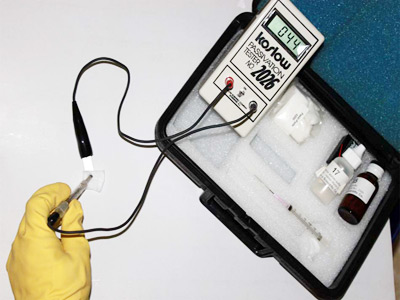
With the Oxilyser 2 every one can measure the surface quality of stainless steel alloys in a reliable & accurate way. The measuring principle is based upon rest potential measurement of the stainless steel surface in a specially developed electrolyte. Minor surface activity, i.e. solutions of only atoms of metal, will be indicated directly. After several years of scientific research, supported by European commission, the Oxilyser was successful ly introduced to the world market.
APPLICATIONS : The most applications of the oxilyser2 are:
1. Check of surface quality before, during & after the pickling & passivation treatment.
2. Check of the surface quality after contact of the surface with a corrosive fluid, succeeded by rinsing of the surface. During the rinsing the surface will repassivate with in 1-24hrs. This process can be checked with the oxilyser.
3. Check of the passivity of storage tanks after cleaning & prior to loading them with corrosive fluids such as orange juice or chemicals.
